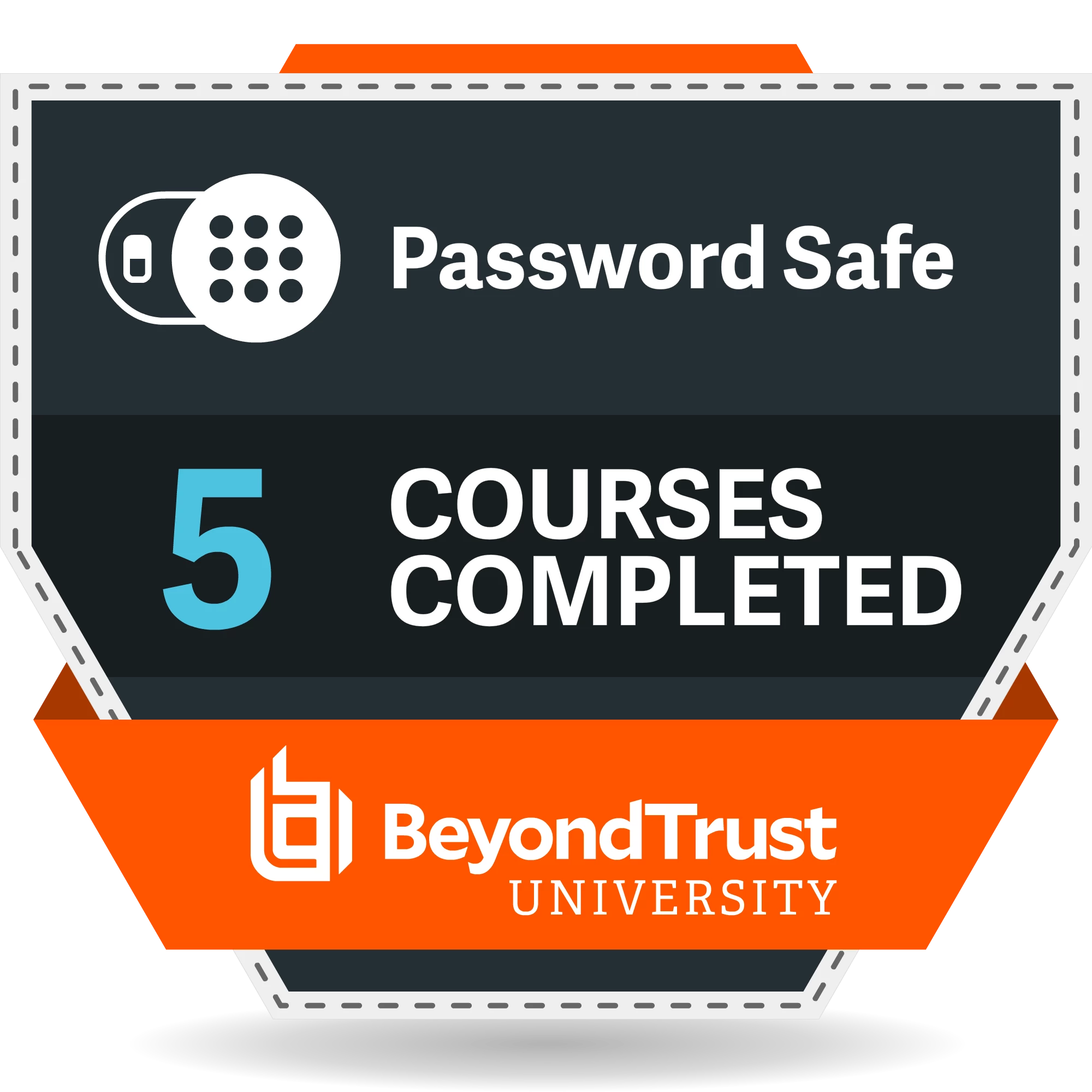I’m looking for a best practices and BeyondTrust recommendations for Secrets Safe. Following is a question asked by one of my customers. Any thoughts, please feel free to advise.
Do you have a “best practice” recommendation on setting up team folders within Secrets Safe? With our current solution it was recommended that those types of permissions only be granted via local groups to prevent possible escalation of privileges since local group membership would be managed by Password Safe admins, where Directory groups from Azure or AD could be managed by persons who shouldn’t necessarily have rights to manage such access.





